
The Evolution of the Cardiovascular Research Institute (CVRI)
CVRI, the research arm of National University Heart Centre, Singapore (NUHCS), has come a long way since its inception in 2009. Prof. A. Mark Richards gives his take on the development of CVRI and its research grants from then till now.
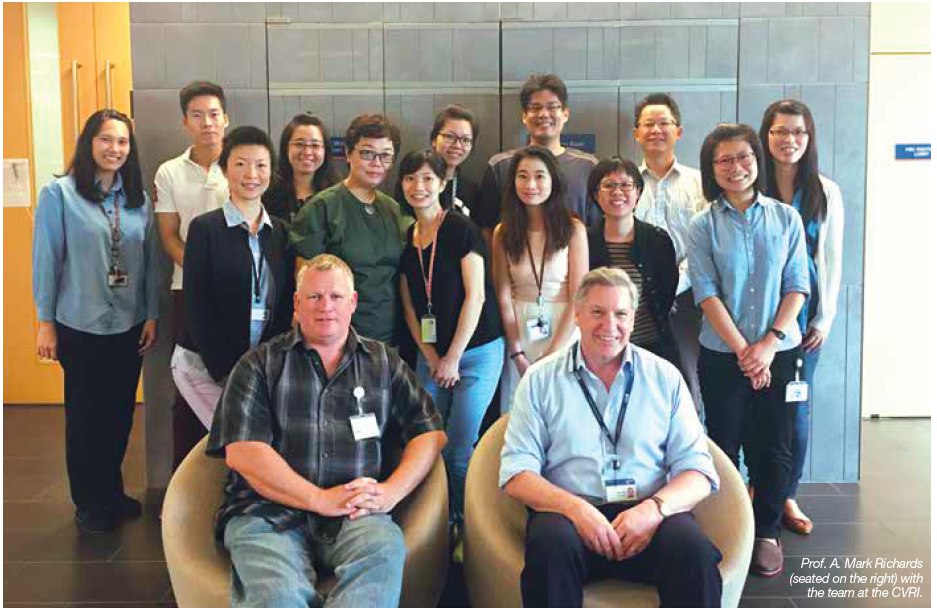
What was CVRI’s research work like in the beginning?
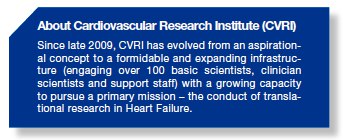 When I first joined CVRI in 2009, there wasn’t a dedicated research centre focusing on basic science or cardiovascular disease. My first task was to recruit basic scientists and clinicians interested in and able to undertake heart research. A/Prof. Mark Chan and A/Prof. Roger Foo, Senior Consultants, NUHCS; Asst. Prof. Chester Drum, Consultant, NUHCS; and A/Prof. Carolyn Lam, Senior Consultant, National Heart Centre Singapore (NHCS) were one of our first team members.
When I first joined CVRI in 2009, there wasn’t a dedicated research centre focusing on basic science or cardiovascular disease. My first task was to recruit basic scientists and clinicians interested in and able to undertake heart research. A/Prof. Mark Chan and A/Prof. Roger Foo, Senior Consultants, NUHCS; Asst. Prof. Chester Drum, Consultant, NUHCS; and A/Prof. Carolyn Lam, Senior Consultant, National Heart Centre Singapore (NHCS) were one of our first team members.
Key clinician scientists within NUHCS also included A/Prof. Ronald Lee and A/Prof. Poh Kian Keong, Senior Consultants, NUHCS. Basic scientists who have helped build our laboratory “wet lab” capacity from the ground up include Dr. Liew Oi Wah, Dr. Wang Peipei, Dr. Wong LeeLee, Dr. Chen YT and Prof. Tan Huay Cheem, Director, NUHCS. He has been very proactive in supporting the development of NUHCS’s research. The emergence and strengthening of each new team member has been very special for me.
What are some of the key milestones achieved by CVRI with regards to research grants?
We clinched our very first National Medical Research Council (NMRC) Centre Grant in 2010, having started the planning and writing for the grant throughout the mid to late part of 2009.
The Centre Grant, along with NUHCS’s start-up support, helped build CVRI’s foundation.
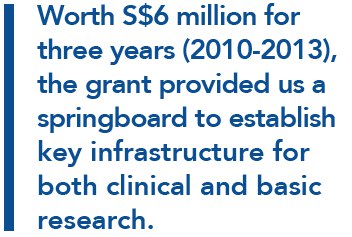
The grant helped equip and staff the immunoassay laboratory and enabled us to set up our Singapore-wide clinical cohorts in heart failure, heart valve disease and coronary heart disease.
This clinical network of research coordinators and cardiologists has enabled recruitment of a total of more than 10,000 patients with heart failure, coronary disease and heart valve disease both within and beyond Singapore’s borders. We have also recruited healthy participants from the Singapore Longitudinal Ageing Studies to provide a control group.
The first grant also enabled us to develop our capacity and generate initial findings to apply for other grants. Subsequently, we successfully won our second (2013-2017) and third Centre Grants (2017-2021) each worth S$10 million over four years.
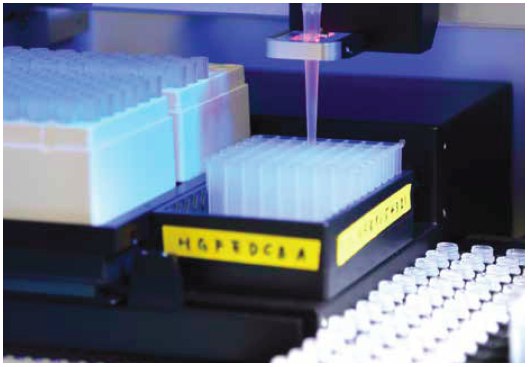
Other grants include multiple Clinician Scientist Awards to our key clinical scientists (A/Prof. Lam, A/Prof. Chan, A/Prof. Foo, Asst. Prof. Drum and A/Prof. Lee); a Singapore Translational Research Investigator Award (STaR) award to myself; multiple individual research grants (IRGs); the Translational and Clinical Research (TCR) Flagship Programme; and partnership contracts with the industry, all totaling over S$50 million over the last seven years.
In collaboration with NHCS and NUHCS, we have now acquired one of NMRC’s newly created collaborative Centre Grants.
Worth S$7 million over four years, the grant specifically supports clinical research projects conducted in partnership between NUHCS and NHCS, emphasising a new era of productive cooperation between the country’s two Heart Centres.
What are some of the other achievements of CVRI?
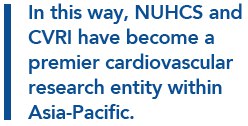
We have also developed a national community of cardiovascular researchers with integration between the two Heart Centres and a collaboration with Nanyang Technological University (NTU) and Prof. John Chambers, Professor of Cardiovascular Epidemiology, Imperial College London.
Other milestones include sophisticated screening techniques to discover and measure multiple circulating markers (e.g. proteins and peptides); cardiac epigenetics1 development by A/Prof. Foo and Genome Institute of Singapore; and a spread of world-class publications including A/Prof. Lee’s sleep apnoea research (featured in Pulse Issue 27, page 31). I feel heartened when our team makes a major step forward.
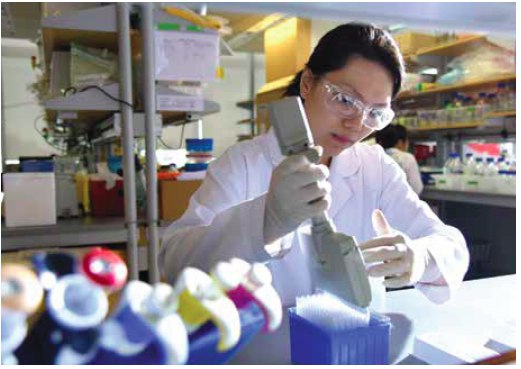
Today, we have a laboratory that can measure heart-related biomarkers2 and set up our own measurement methods. We now have a growing team of clinician scientists with abilities and talent. They include approximately five senior staff and 70-80 assistant staff in the wet lab facilities based on the 8th floor of the Centre for Translational Medicine building (MD6), a clinical network throughout Singapore’s major hospitals and a regional collaborative network of more than a dozen Asia-Pacific nations involving another 200 staff.
I am gratified and proud to make new discoveries that can make a difference to Singapore and the world. For instance, we have prospectively demonstrated for the first time that certain types of heart failure are less common and carry better outcomes.
Being a young discipline in this country, relative to eye and cancer research, for example, we have managed to raise cardiovascular research to greater heights in Singapore.
What are CVRI’s plans moving forward?
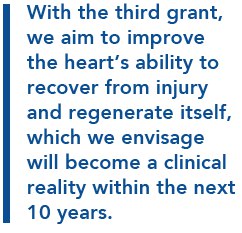
We will continue playing to our strengths and focus on heart failure.
To tackle a national issue, the cardiovascular research community needs to come together to fight on the same side. Thus, we wish to next clinch a S$25 million Open Fund - Large Collaborative Grant under National Medical Research Council working alongside NHCS, NUHCS, NTU, multiple A*STAR research institutes and multiple industry partners. This grant will launch a major national research initiative addressing Singapore’s emerging epidemic of premature arterial disease from epidemiology and basic vascular biology all the way through to therapeutic interventions.
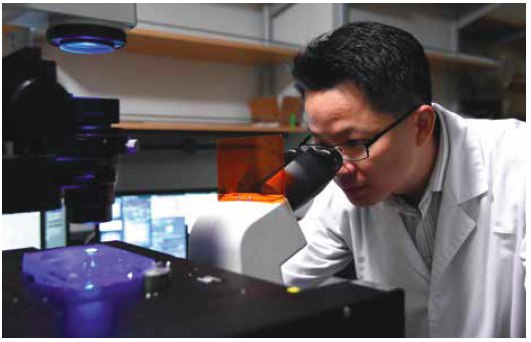
This will inevitably overlap with underlying problems including diabetes and high blood pressure. The two domains of heart failure and arterial disease are intimately related to one another and Singapore requires this broadening of its cardiovascular research focus.
By
Prof. A. Mark Richards
1 Changes in a chromosome that affect gene activity and expression.
2 A measurable indicator of a biological state or condition.
